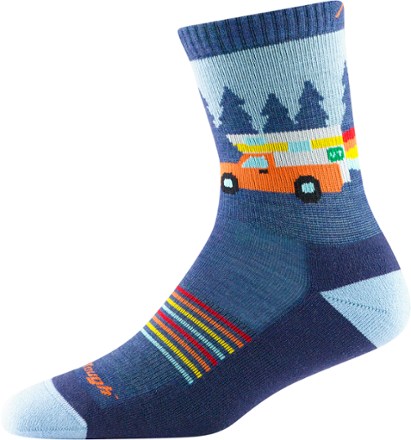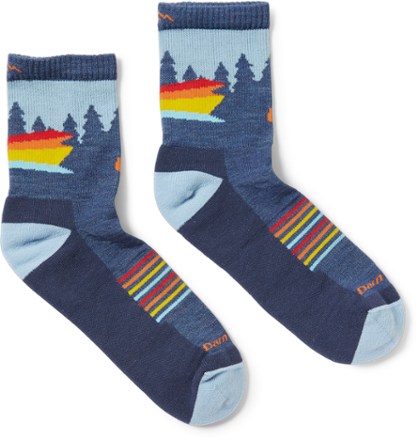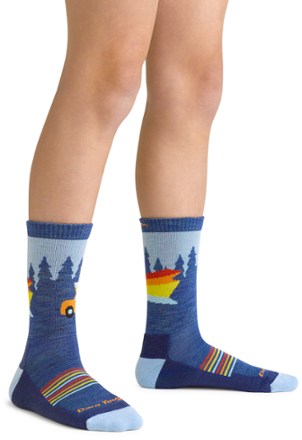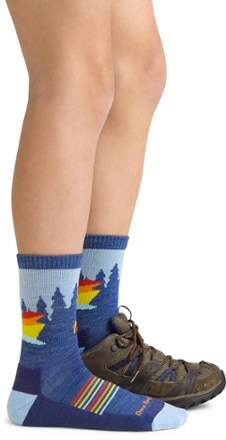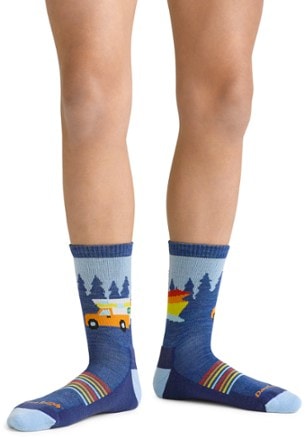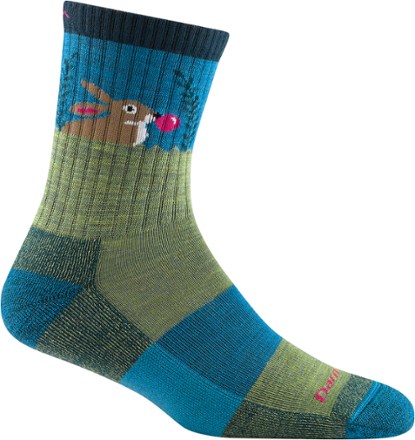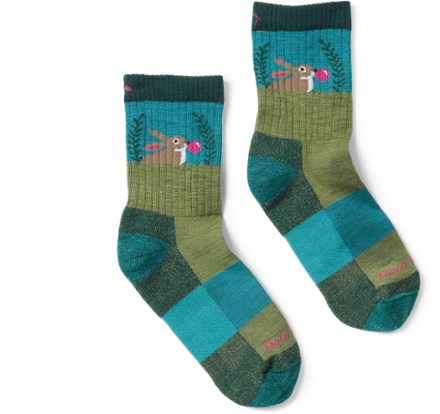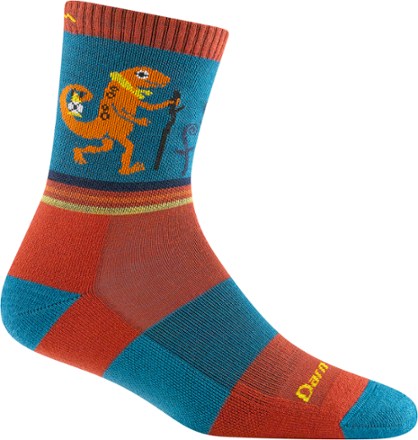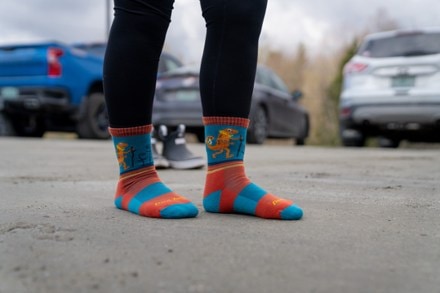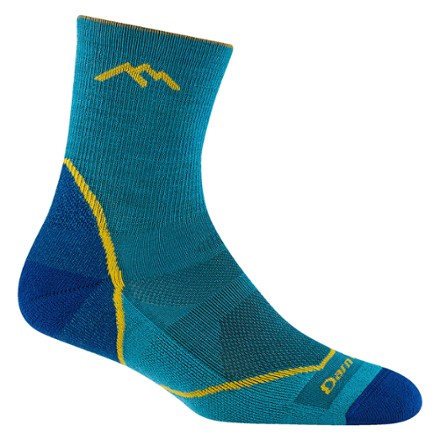Skip to search results
loaded 4 results
Darn Tough Kids' Hiking Socks
(4 products)Products (4)
Sort: Best Match
- Darn ToughVan Wild Socks - Kids'Top Rated$20.00
- Darn ToughBubble Bunny Jr. Socks - Kids'$14.73Save 26%compared to $20.00Save up to 30% extra on your REI Outlet purchase, thru 12/16.REI OUTLET
- Darn ToughSal Lightweight Micro Crew Cushion Socks - Kids'$20.00
- Darn ToughLight Hiker Micro Crew Socks - Kids'Top Rated$20.00
Sort: Best Match

